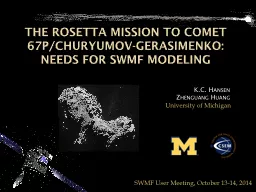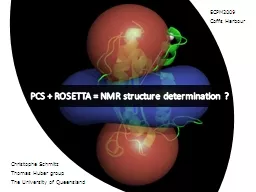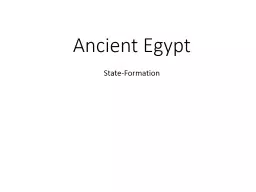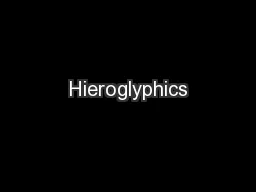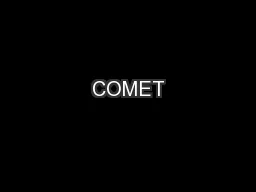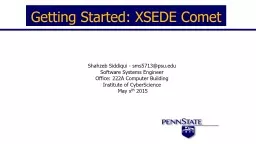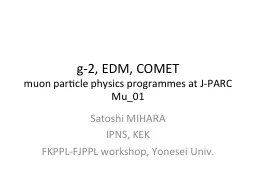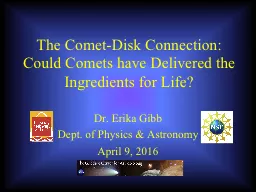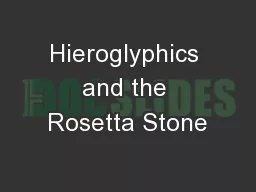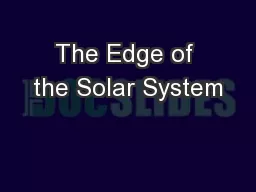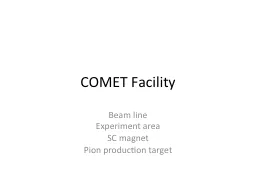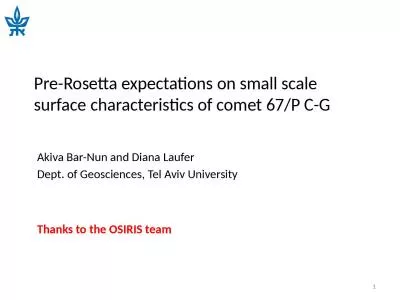PPT-The Rosetta Mission to Comet
Author : debby-jeon | Published Date : 2016-03-05
67P ChuryumovGerasimenko Needs for SWMF Modeling KC Hansen Zhenguang Huang University of Michigan SWMF User Meeting October 1314 2014 Comet Modeling at UM ICES
Presentation Embed Code
Download Presentation
Download Presentation The PPT/PDF document "The Rosetta Mission to Comet" is the property of its rightful owner. Permission is granted to download and print the materials on this website for personal, non-commercial use only, and to display it on your personal computer provided you do not modify the materials and that you retain all copyright notices contained in the materials. By downloading content from our website, you accept the terms of this agreement.
The Rosetta Mission to Comet: Transcript
Download Rules Of Document
"The Rosetta Mission to Comet"The content belongs to its owner. You may download and print it for personal use, without modification, and keep all copyright notices. By downloading, you agree to these terms.
Related Documents

